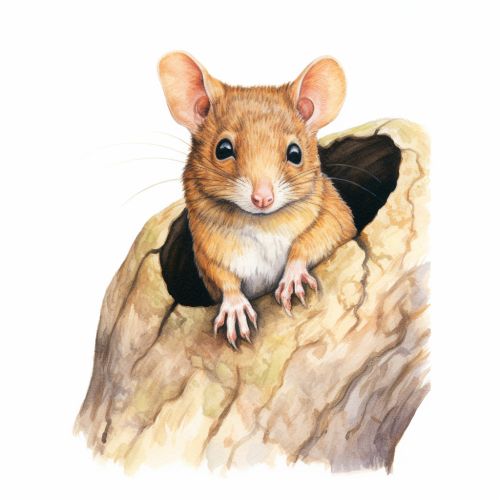Primate Evolution
Origins and Early Evolution
The study of primate evolution involves both fossil and molecular evidence. Fossils of the earliest primates, dating back to the Paleocene epoch (about 66 to 56 million years ago), resemble modern tree shrews. These early primates, known as Plesiadapiformes, were small, arboreal, and insectivorous. They lacked some key primate characteristics, such as a postorbital bar, which is a bony ring encircling the eye socket, and opposable thumbs.


Evolution of Key Primate Traits
The evolution of key primate traits, such as large brains, stereoscopic vision, and grasping hands and feet, can be traced back to the Eocene epoch (56 to 33.9 million years ago). During this period, two main primate groups emerged: the Prosimians and the Anthropoids. Prosimians, which include modern lemurs, lorises, and tarsiers, retained many primitive mammalian characteristics. Anthropoids, on the other hand, exhibited more advanced traits, such as larger brains and more sophisticated social behavior.
Rise of the Anthropoids
The Anthropoids further split into two groups: the New World Monkeys and the Old World Monkeys. The New World Monkeys, also known as Platyrrhines, are found in South and Central America. They have prehensile tails and nostrils that are wide apart and face sideways. The Old World Monkeys, or Catarrhines, include modern monkeys and apes found in Africa and Asia. They have non-prehensile tails and nostrils that are close together and face downwards.
Evolution of Apes and Humans
The Catarrhines later diverged into two groups: the Cercopithecoids (Old World Monkeys) and the Hominoids (apes and humans). The Hominoids further split into the Hylobatidae (gibbons) and the Hominidae (great apes and humans). The Hominidae family includes orangutans, gorillas, chimpanzees, bonobos, and humans. The evolution of humans from ape-like ancestors, which took place in the Miocene epoch (23 to 5.3 million years ago), is a major focus of Paleoanthropology.
Human Evolution
The study of human evolution involves several key stages, including the emergence of the Homo genus, the development of bipedalism, the use of tools, and the development of complex language and culture. The earliest known members of the Homo genus, such as Homo habilis, emerged around 2.8 million years ago. These early humans were followed by Homo erectus, Homo neanderthalensis, and finally, Homo sapiens, the only surviving species of the Homo genus.
